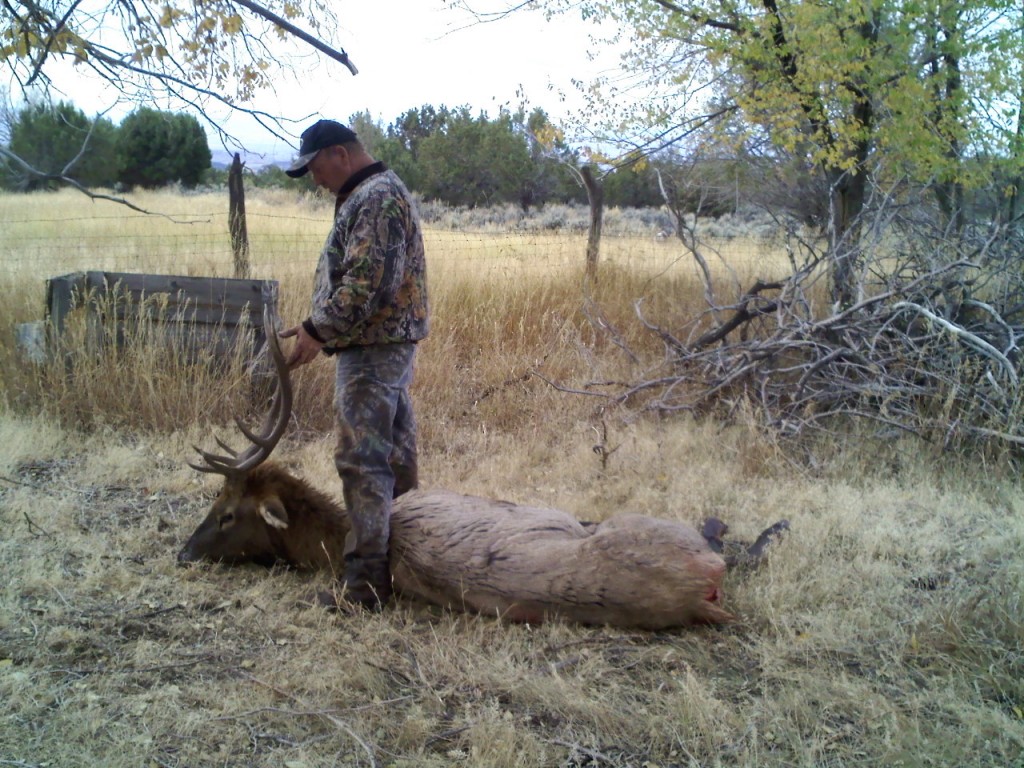 I don’t like guns. I’m almost universally opposed to killing things. So why then, did I spend a recent weekend learning how to handle a shotgun and rifle? What possessed me to take the hunter safety exam necessary for obtaining a hunting license? Continue reading
I don’t like guns. I’m almost universally opposed to killing things. So why then, did I spend a recent weekend learning how to handle a shotgun and rifle? What possessed me to take the hunter safety exam necessary for obtaining a hunting license? Continue reading
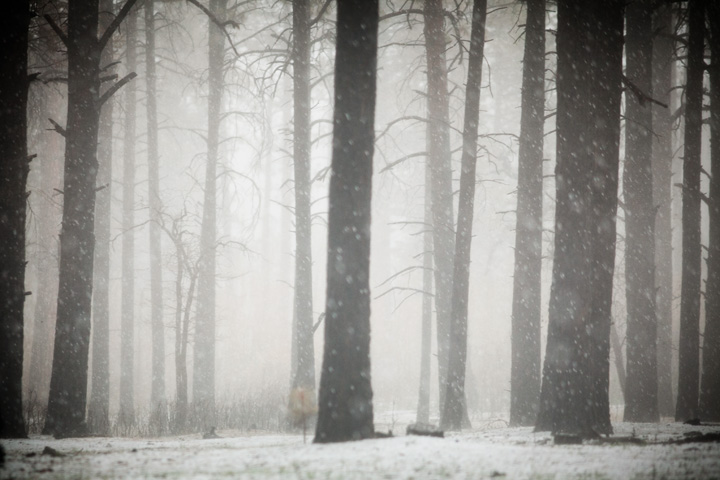 As journalists, we are trained to be neutral, to never betray any hint of bias or emotion. There are exceptions, of course — the 9/11 tragedy was so universally devastating, and so deeply unfathomable, that journalists were permitted to show a sense of loss — in fact, it would have been unthinkable not to.
As journalists, we are trained to be neutral, to never betray any hint of bias or emotion. There are exceptions, of course — the 9/11 tragedy was so universally devastating, and so deeply unfathomable, that journalists were permitted to show a sense of loss — in fact, it would have been unthinkable not to.
But for most of the events and issues we write about, we typically take a one-night-stand approach to our stories: Research the topic, talk to as many knowledgeable people as possible, maybe visit the epicenter of the debate/discovery/crisis, write the story, and then move on to the next one.
But this past summer, after the massive Las Conchas fire swept through my beloved Jemez Mountains, about an hour-and-a-half north of Santa Fe — and visible from some parts of town — something changed. Continue reading
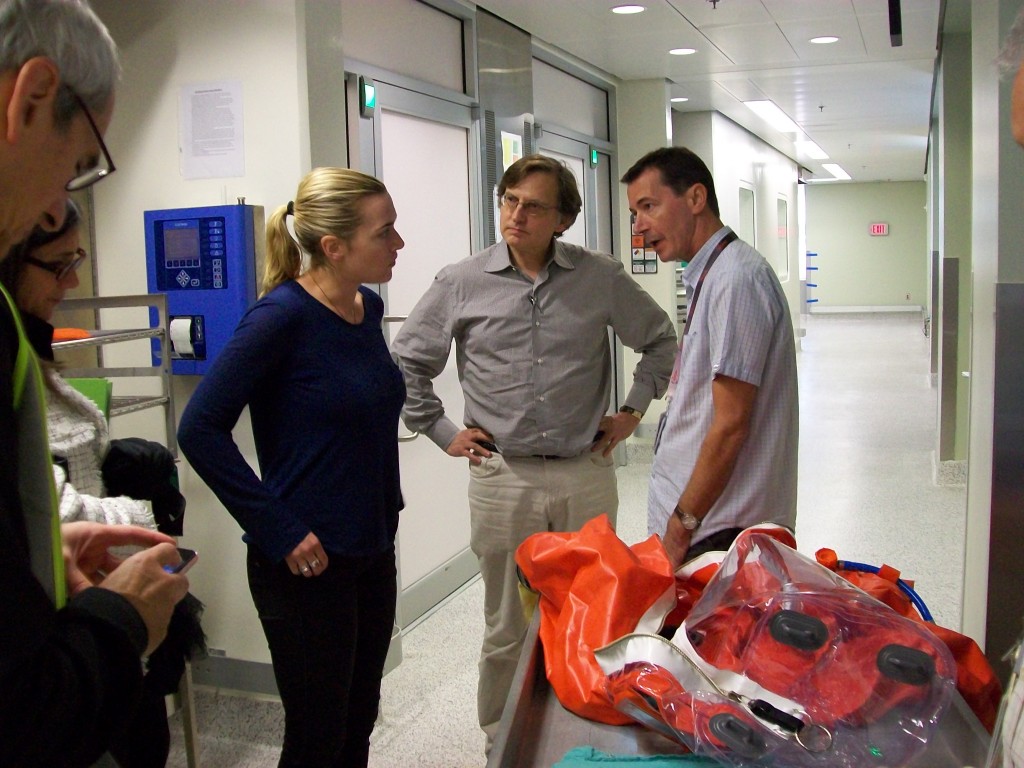 The box office smash hit “Contagion” features heroic (women!) scientists battling a deadly threat. Its advisers included esteemed researchers who helped keep the film true to science. And public health agencies, such as the US Centers for Disease Control and Prevention, are using the film to help build public awareness about the real threat posed by real-life pathogens.
The box office smash hit “Contagion” features heroic (women!) scientists battling a deadly threat. Its advisers included esteemed researchers who helped keep the film true to science. And public health agencies, such as the US Centers for Disease Control and Prevention, are using the film to help build public awareness about the real threat posed by real-life pathogens.
In short, this movie should be catnip for a science junkie like me.
But instead, I’m avoiding “Contagion” like the plague. It’s not that I’m squeamish, that I think the movie is going to cause needless panic, or even that I prefer “The Lion King in 3D.” It’s just that I know too much about how vulnerable we really are to a severe outbreak of infectious disease to enjoy a Hollywood version of this scenario – even one with a happy(-ish) ending.
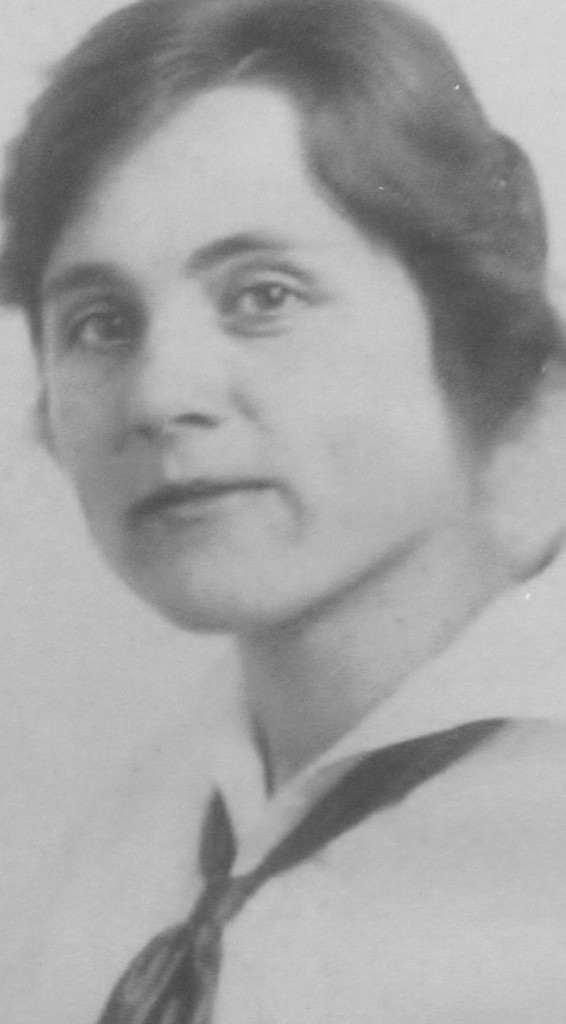
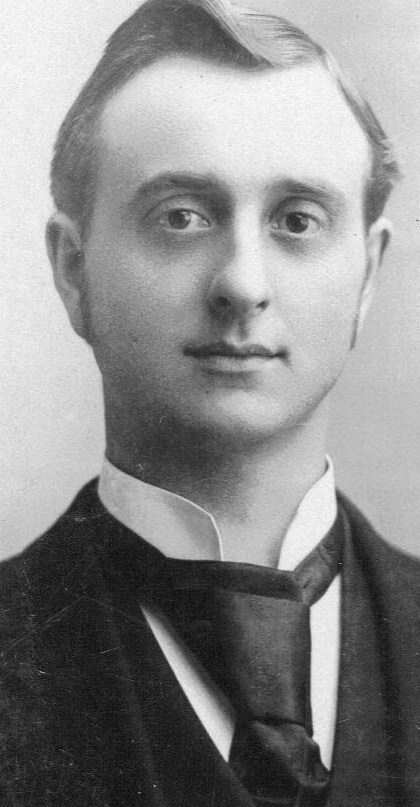 Bear with me, I want to talk about my grandparents.
Bear with me, I want to talk about my grandparents.
Hilda was my mother’s mother. Thomas was my father’s father. The difference between my mother’s and my father’s families was enormous.
My mother’s family was large and blue-collar — farmers, mechanics, truckers – and not much money or education; not much use for the fine arts; they all had a lot of kids.
My father’s family was small and white-collar; more money than my mother’s family; and everywhere were pictures I still think are beautiful and books about music, literature, religion, and philosophy.
Thomas’s house was full of culture. Hilda didn’t even have a house. I liked them both and felt the difference but never thought about why.
 The late 1990s spawned a particular kind of candy-coated teen movie–for example, Can’t Hardly Wait and 10 Things I Hate About You–in which every character is so obliviously affluent it feels almost a little bit embarrassing to watch it now. Children driving Range Rovers, high schools that look like castles, and no one ever feels the need to talk about money.
The late 1990s spawned a particular kind of candy-coated teen movie–for example, Can’t Hardly Wait and 10 Things I Hate About You–in which every character is so obliviously affluent it feels almost a little bit embarrassing to watch it now. Children driving Range Rovers, high schools that look like castles, and no one ever feels the need to talk about money.
The rental car company guy who drove me to the airport told me that he’s just waiting for the economy to get better. He used to make $23 an hour driving big rigs, now he has to wear a yellow shirt and smile a lot. He says he’s going to get back to driving trucks as soon as the economy clears up. Continue reading
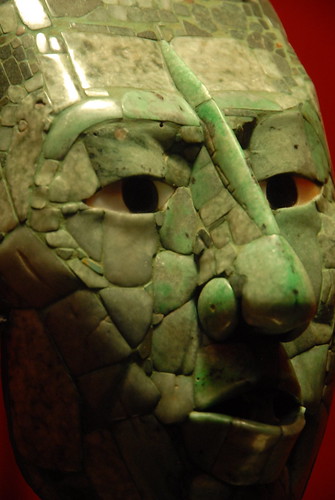
My mother is spunky and smart and I love her very much. But she’s got this one trait that drives me crazy: she believes everything she sees on The History Channel.
I visited her in Michigan a few weeks ago. One night at a local brewery, with my sister, Charlotte, and her boyfriend, Greg, in tow, Mom began telling us about why she believes humans came to earth from another planet. “Your evolution theories can’t explain the pyramids,” she said triumphantly.
“How does that have anything to do with aliens?” I asked triumphantly.
Charlotte, who goes out to eat with Mom much more often than I do, looked at Greg and smirked.
“How else would the Egyptians have known how to build them?” Mom said.
“And what evidence, exactly, do you have to support our alien origins?” I said.
“Geometry!” she said.
She then went on and on about latitudes and longitudes and the Maya and alien images in cave paintings. I understood little of what she said, but knew enough to proclaim, too loudly, “That’s such bullshit, Mom!”
For the sake of continuing an otherwise pleasant meal, we dropped it. But I resolved to find out what nonsense she was talking about and eventually set her straight.
So I found out. And it’s as crazy as I thought.
Continue reading
There’s a long-standing affirmative action program in Canada’s North that prescribes the preferential hiring of local residents – that is, people who have lived more than half of their lives in the North, regardless of ethnicity. It’s long been a puzzle to me, as an ex-pat Southerner who still considers herself a citizen. Surely the people who grew up here are better-connected, better-acquainted with opportunities, and more likely to be hired for their relevant local knowledge. A suspicion grew that they were so well placed as to have the power to institute a law assuring their own children’s continued privilege.
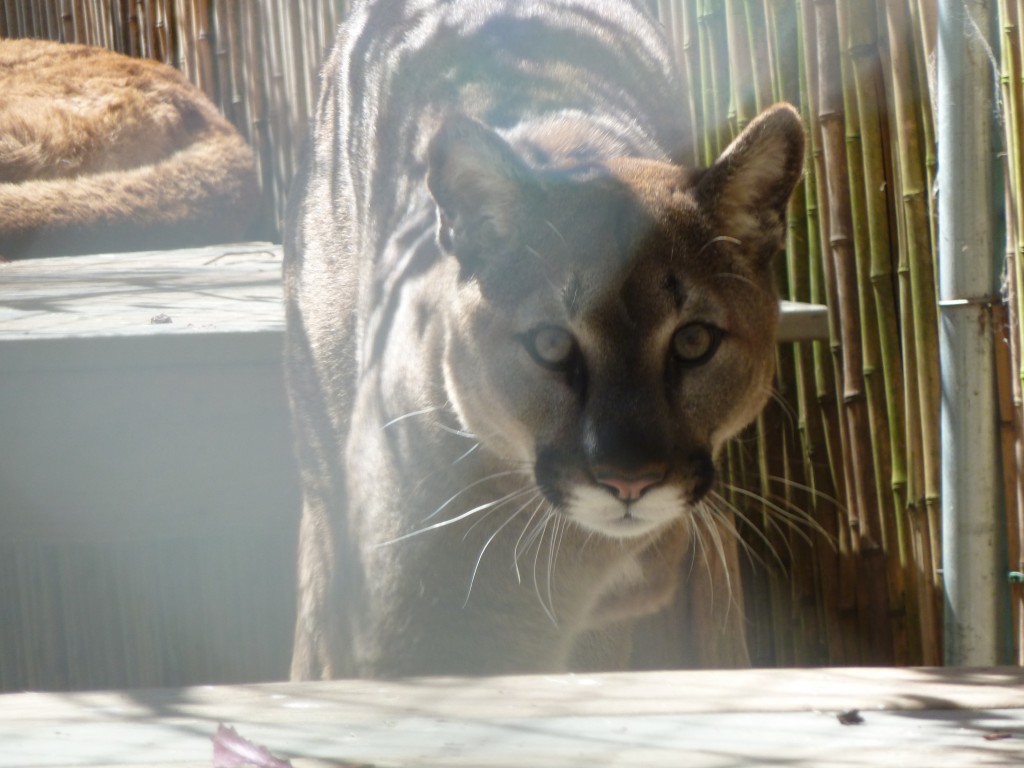 My friends like to joke that I have a problem when it comes to carnivores, not of the human variety but of the order Carnivora. I’m the first to admit an inordinate fondness for predators (to paraphrase the possibly apocryphal trope attributed to evolutionary biologist J.B.S. Haldane), particularly of the Felidae family. But my fascination relates more to their cryptic nature and our complicated feelings about them than to wanting to make them part of my family. (Full disclosure: I did take care of 21 neighborhood strays during the nineties, on a mission to spay and neuter as many feral felines as possible in San Francisco’s Sunset District, cat colony central at the time. But that’s another story.)
My friends like to joke that I have a problem when it comes to carnivores, not of the human variety but of the order Carnivora. I’m the first to admit an inordinate fondness for predators (to paraphrase the possibly apocryphal trope attributed to evolutionary biologist J.B.S. Haldane), particularly of the Felidae family. But my fascination relates more to their cryptic nature and our complicated feelings about them than to wanting to make them part of my family. (Full disclosure: I did take care of 21 neighborhood strays during the nineties, on a mission to spay and neuter as many feral felines as possible in San Francisco’s Sunset District, cat colony central at the time. But that’s another story.)
Our species has a love-hate relationship with big carnivores that has little to do with their true nature. More and more Americans are treating tigers, African lions, and cougars as little more than scaled-up housecats, a disturbing trend that shows no sign of abating since U.S. Fish and Wildlife implemented a ban on the interstate trade of the formidable felines in 2007. U.S. laws prohibiting the trade of exotic wildlife hadn’t included big cats presumably because officials never imagined anyone would consider raising 500-pound predators as pets. (Possession falls under state jurisdiction.) Today, animal protection groups estimate, as many as 20,000 wild felids, from Siberian tigers to snow leopards, live in American backyards and basements.
You know it won’t turn out well. It’s just a matter of time. Continue reading
